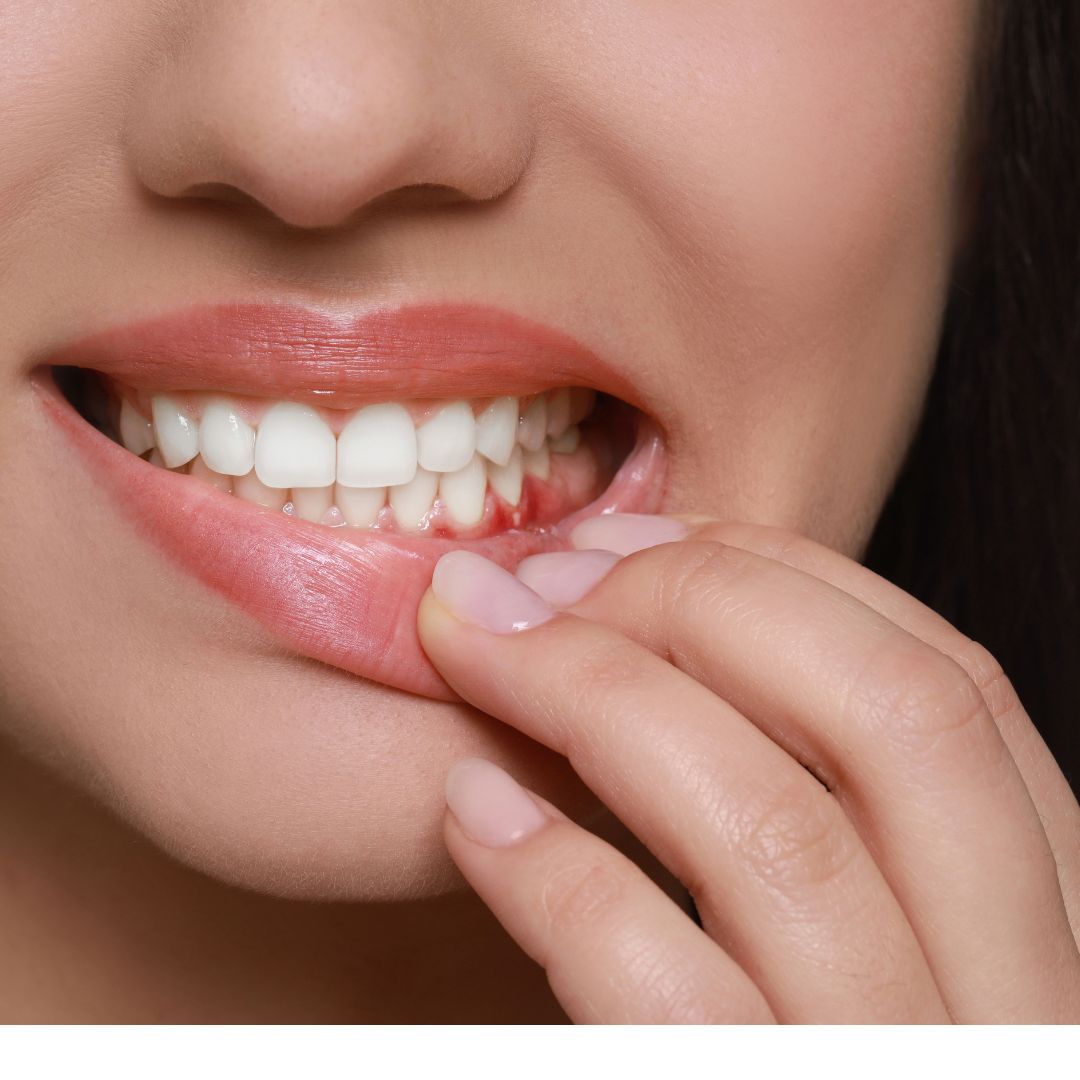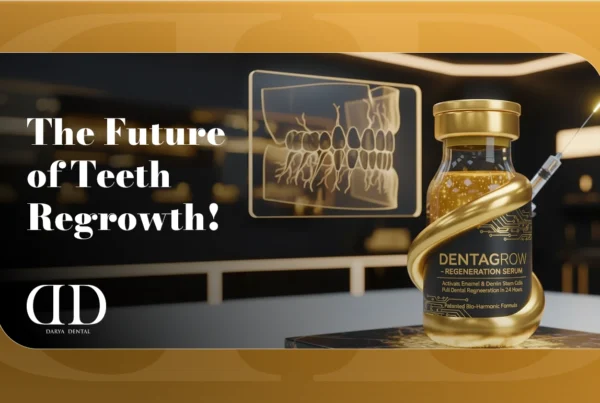
Guide of Getting Rid of Gingivitis at home
Why Your Gums Are Crying for Help?
Did you know that nearly 50% of adults over 30 have some form of gum disease, yet most don’t even realize their gums are staging a quiet rebellion? If you’ve been googling “how to get rid of gingivitis” at 2 AM while your gums throb with that tell-tale tenderness, you’re definitely not alone. Here’s the good news: most cases of gingivitis can be successfully treated right from the comfort of your own bathroom.
I’ve watched countless people transform their oral health using simple, accessible methods that don’t require expensive procedures or complicated routines. Let me walk you through everything you need to know about how to treat gingivitis at home and, equally important, when it’s time to wave the white flag and seek professional help.
The Mouthwash Question: Your Liquid Ally
What mouthwash is best for gingivitis? Not all mouthwashes are created equal. Look for therapeutic options containing:
- Chlorhexidine gluconate – The gold standard for bacterial control
- Cetylpyridinium chloride – Excellent for plaque reduction
- Essential oils (eucalyptol, menthol, methyl salicylate) – Natural anti-inflammatory properties
Can Listerine get rid of gingivitis? Antiseptic mouthwashes like Listerine can significantly help, but they’re supporting actors, not the star of your gingivitis recovery show.
DIY Mouthwash Solutions That Actually Work
Does salt water reverse gingivitis? While not a complete cure, salt water rinses provide genuine benefits:
- Mix 1/2 teaspoon salt in warm water
- Rinse for 30 seconds, twice daily
- Reduces inflammation and promotes healing
The Gingivitis Timeline: From Horror Show to Healthy Gums
How long does gum gingivitis last? Here’s the beautiful truth: with consistent home care, you should see improvement within days.
How long does it take to clear gingivitis? Your recovery timeline typically looks like:
- Days 3-5: Reduced bleeding during brushing
- Week 1-2: Noticeable decrease in inflammation
- Week 3-4: Significantly improved gum health
- Month 2-3: Complete healing with proper maintenance
How to tell if gingivitis is healing:
- Your toothbrush comes away cleaner (less blood)
- Gums appear pinker, less puffy
- That tender, uncomfortable feeling fades
- Your breath improves noticeably
- Swelling around the gum line reduces
What Exactly Is This Gingivitis Beast You’re Fighting?
Can you self cure gingivitis? It’s the million-dollar question that keeps popping up in dental forums everywhere.
Gingivitis is essentially your gums’ way of staging a protest against bacterial buildup. According to research published in ScienceDirect, gingivitis represents the initial inflammatory response of gum tissues to bacterial plaque accumulation. Think of it as your mouth’s smoke detector – annoying when it goes off, but absolutely crucial for preventing bigger fires.
What does gingivitis smell like? Here’s where things get uncomfortably real. That metallic, slightly fishy odor you’ve been trying to mask with extra mints? That’s your gingivitis calling card. The bacteria having a party in your mouth produce sulfur compounds that smell like… well, let’s just say they’re not winning any popularity contests.

The Home Treatment Arsenal: Your DIY Gingivitis Battle Plan
How to treat gingivitis isn’t just about brushing harder (please, for the love of your enamel, don’t do that). It’s about strategic, consistent care that addresses the root cause.
The Foundation: Mastering Your Oral Hygiene Routine
Should you brush gingivitis? Absolutely, but with the finesse of a master chef, not the aggression of a scrub brush on burnt toast.
The Perfect Brushing Technique:
- Use a soft-bristled toothbrush (medium and hard bristles are gingivitis’s best friends)
- Angle your brush 45 degrees toward your gum line
- Use gentle, circular motions rather than aggressive back-and-forth scrubbing
- Brush for a full two minutes, twice daily
How does gingivitis look? Picture angry, swollen gums that bleed easily and appear redder than they should. With proper home care, you’ll watch them transform back to healthy pink within weeks.
Natural Remedies That Pack a Punch
What helps gingivitis fast? Nature’s pharmacy offers some surprisingly effective solutions:
Oil Pulling: Ancient Wisdom Meets Modern Science
Swish 1 tablespoon of coconut oil for 15-20 minutes daily. The lauric acid in coconut oil has antimicrobial properties that can reduce harmful bacteria.
Turmeric Paste Power
Mix turmeric powder with water to create a paste. Apply to gums for 10 minutes before rinsing. Turmeric’s anti-inflammatory properties can help reduce gum inflammation.
Green Tea Rinses
Brew strong green tea, let it cool, and use as a mouth rinse. The antioxidants help fight inflammation and bacterial growth.
Lifestyle Factors: The Plot Thickeners
What triggers gingivitis? Understanding your enemies helps you fight them:
- Poor oral hygiene (the obvious culprit)
- Smoking and vaping (they’re gingivitis’s best friends)
- Hormonal changes (pregnancy, menstruation, menopause)
- Certain medications (blood thinners, antidepressants)
- Stress (yes, your anxiety affects your gums)
- Nutritional deficiencies (especially vitamin C and D)
Does vaping cause gingivitis? Unfortunately, yes. Vaping reduces blood flow to your gums, impairs healing, and creates a bacterial playground in your mouth.
The Nutrition Connection: Feeding Your Gums Right
Does drinking more water help gingivitis? Absolutely. Staying hydrated helps maintain saliva production, which naturally cleanses your mouth and neutralizes harmful acids.
Gingivitis-Fighting Foods:
- Vitamin C-rich foods (oranges, strawberries, bell peppers)
- Leafy greens high in folate
- Fatty fish with omega-3s
- Yogurt with beneficial probiotics
Stage-by-Stage Battle Plan: Understanding Progression
What does stage 1 gingivitis look like? Early gingivitis whispers before it screams:
- Slight gum redness along the tooth line
- Mild bleeding when brushing or flossing
- Subtle bad breath that mints can’t mask
Is stage 2 gingivitis reversible? Absolutely. Moderate gingivitis responds beautifully to dedicated home care:
- More noticeable redness and swelling
- Regular bleeding during oral care
- Persistent bad breath
- Slight gum recession
Is Stage 3 gingivitis reversible? Advanced gingivitis requires more intensive care but can still be managed at home initially:
- Significant inflammation and bleeding
- Noticeable gum recession
- Persistent bad taste in mouth
- Gums that feel tender to touch
Red Flags: When Home Treatment Isn’t Enough
At what point is gingivitis reversible? Here’s the crucial distinction: gingivitis remains reversible until it progresses to periodontitis. But how do you know when you’ve crossed that line?
Time to See a Professional When You Experience:
Immediate Professional Care Needed:
- Bleeding that doesn’t improve after 2 weeks of proper home care
- Gums pulling away from teeth (recession)
- Loose teeth or changes in bite
- Persistent bad breath despite good oral hygiene
- Pus between teeth and gums
- Pain when chewing
How long before gingivitis turns into periodontitis? According to research from Wiley Online Library, untreated gingivitis can progress to periodontitis within months, though the timeline varies significantly between individuals.
Common Mistakes That Sabotage Your Progress
What not to do when you have gingivitis:
- Don’t brush aggressively (you’re not scrubbing grout)
- Don’t skip flossing because it bleeds (that’s exactly why you need to floss)
- Don’t use abrasive toothpastes or whitening products
- Don’t ignore persistent symptoms
- Don’t assume bleeding gums are “normal”
Can you cut off gingivitis? Never, ever attempt DIY gum surgery. I cannot stress this enough. Leave any cutting to trained professionals.
The Recovery Reality Check
How quickly can gingivitis turn into gum disease? The progression varies wildly based on individual factors, but research indicates that untreated gingivitis significantly increases periodontitis risk.
Do gums grow back after gingivitis? Here’s the encouraging news: gum tissue damaged by gingivitis typically heals completely with proper care, unlike more advanced gum disease.
Can gingivitis go away? Yes, gingivitis is completely reversible with consistent, proper home care and professional maintenance.
Your Daily Gingivitis-Fighting Protocol
What is the best toothpaste for gingivitis? Look for toothpastes containing:
- Stannous fluoride (reduces bacteria and inflammation)
- Triclosan (antimicrobial properties)
- Sodium bicarbonate (neutralizes acids)
How to cure gingivitis in a week? While complete healing takes longer, you can achieve significant improvement in 7 days:
Day 1-2: Implement proper brushing technique Day 3-4: Add therapeutic mouthwash and flossing Day 5-7: Include natural remedies like salt water rinses
The Bigger Picture: Prevention as Your Best Defense
Is gingivitis permanent? The beautiful truth is that gingivitis is entirely preventable and reversible with proper care.
What is the number one cause of gingivitis? Plaque buildup remains the primary villain, but addressing contributing factors like stress, nutrition, and habits makes all the difference.
Why do I have gingivitis even though I brush and floss? Sometimes technique matters more than frequency. Common issues include:
- Brushing too hard or too soft
- Inadequate flossing technique
- Skipping the gum line during brushing
- Using old toothbrushes (replace every 3 months)
Your Action Plan: Taking Control Today
Is minor gingivitis reversible? Absolutely, and the sooner you start, the faster you’ll see results.
The path to healthy gums isn’t complicated, but it does require consistency and the right approach. Most people can successfully treat early-stage gingivitis at home with dedicated care and attention to technique.
However, don’t let pride keep you from seeking professional help when home treatment isn’t cutting it. The difference between reversible gingivitis and permanent periodontal damage often comes down to knowing when to escalate your care.
Can gingivitis spread kissing? While gingivitis itself isn’t contagious, the bacteria that contribute to it can be shared through saliva. More reason to address it promptly and maintain good oral hygiene.
Your gums are incredibly resilient and forgiving when you give them the care they deserve. Start today, stay consistent, and don’t hesitate to seek professional guidance when you need it. Your smile – and your overall health – will thank you for it.
References
- ScienceDirect. (2024). Gingivitis – Medicine and Dentistry Topics. Available at: https://www.sciencedirect.com/topics/medicine-and-dentistry/gingivitis
- Wiley Online Library. (1986). Clinical and microbiological effects of subgingival chlorhexidine irrigation. Available at: https://onlinelibrary.wiley.com/doi/abs/10.1111/j.1600-051X.1986.tb01471.x
- ResearchGate. (2009). Gingivitis as a risk factor in periodontal disease. Available at: https://www.researchgate.net/publication/24418179_Gingivitis_as_a_risk_factor_in_periodontal_disease






